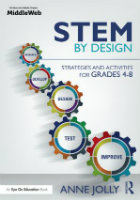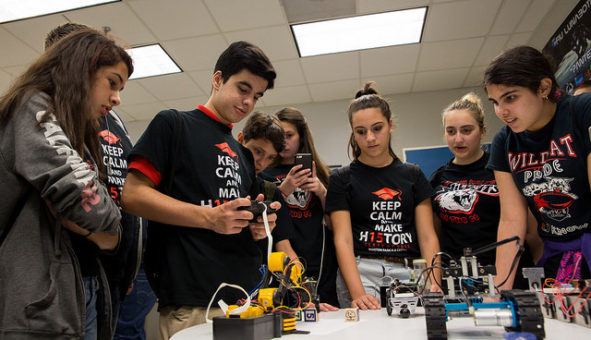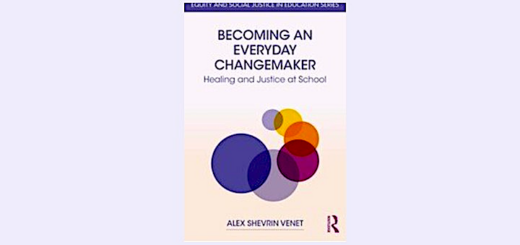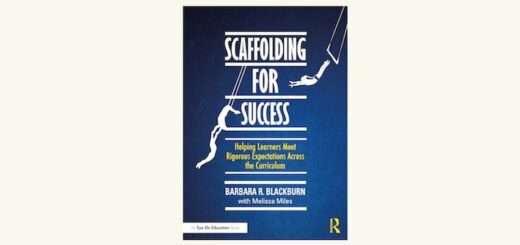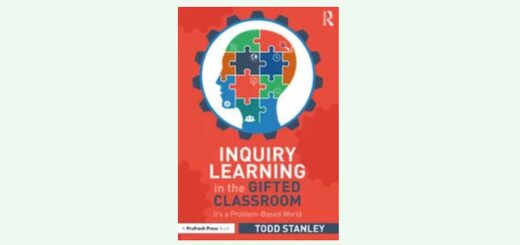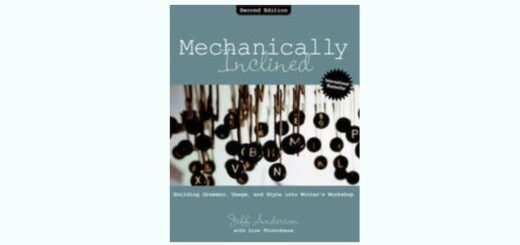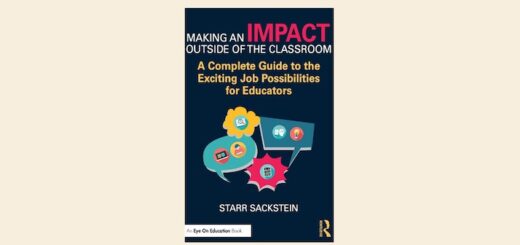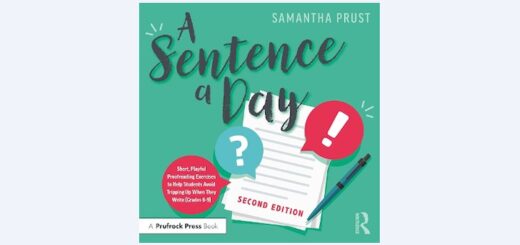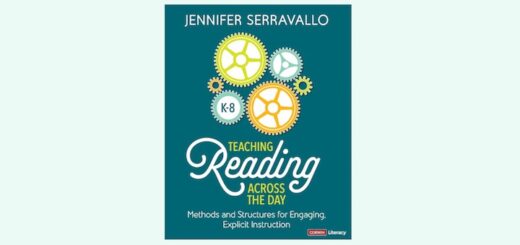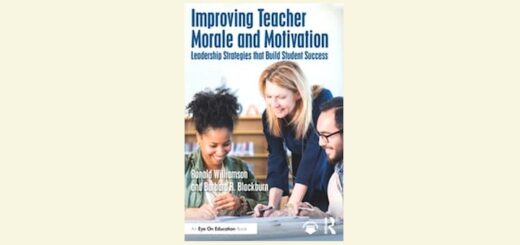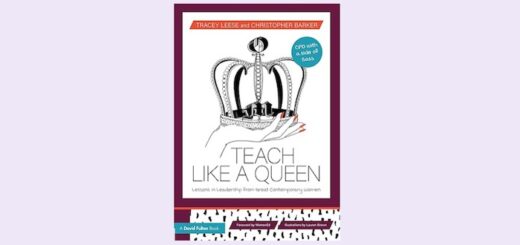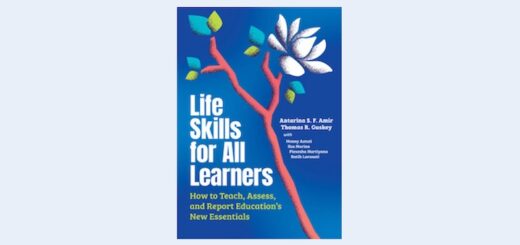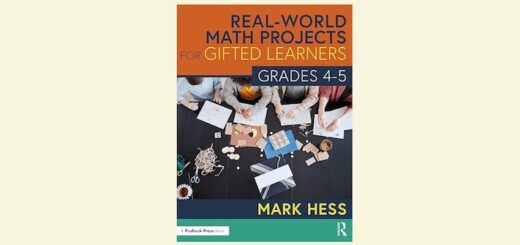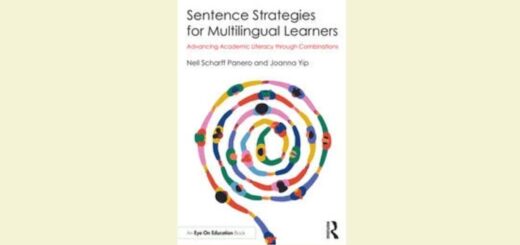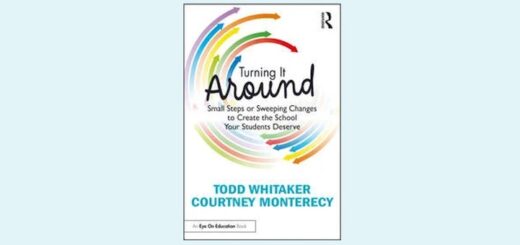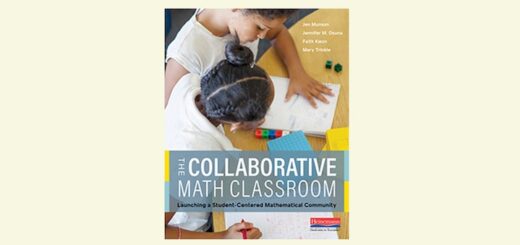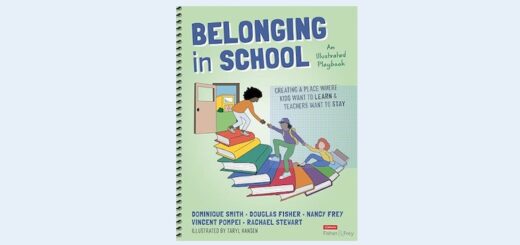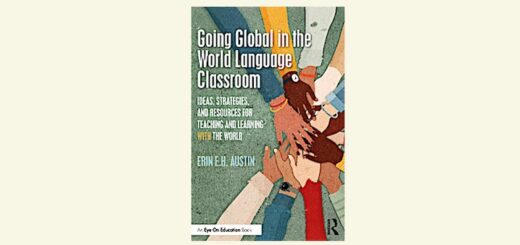Here’s How to Keep a STEM Lesson on Track
A MiddleWeb Blog
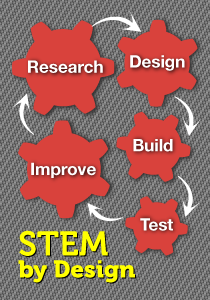 The Teacher’s Challenge: Prepare all students to think deeply and creatively so that they can become innovators, educators, researchers, and leaders who solve the pressing challenges facing global societies today. How will teachers prepare students to do that?
The Teacher’s Challenge: Prepare all students to think deeply and creatively so that they can become innovators, educators, researchers, and leaders who solve the pressing challenges facing global societies today. How will teachers prepare students to do that?
STEM is a fast-growing strategy designed to address that objective. The best STEM lessons actively involve students in finding solutions for real problems. These problems are open-ended and include students in designing prototypes, which they then test, evaluate, and redesign.
Do your STEM lessons take this approach?
The best STEM lessons use engineering principles to integrate and apply strong science and math content and guide students in understanding, using, and creating technologies.
Over the course of their education journey, an effective STEM program will equip our young people to be the 21st Century workforce we need.
Designing a successful STEM lesson may seem like an ambitious task for any teacher to tackle, but the job is less daunting if you consider that you probably need to create just one full-fledged STEM lesson every six or eight weeks during the school year.
In this post I’m including a series of questions you can use to make sure you don’t overlook anything. You can download a STEM Lesson Specifications checklist from the Tools section of my book website.
Ask these questions as you design effective STEM lessons
1. Does your lesson present a real problem (engineering challenge)? What problem will your students be attempting to solve? They may tackle problems related to energy, natural disasters, hunger, clean drinking water, shelter, medicine and health care, environmental issues, and community infrastructure – just to name just a few. Check out these sites for specific information on real world problems: Top 10 major problems in third world countries, The Search for Real World STEM problems, Grand Challenges of Engineering, and Environmental Concerns.
2. Will students relate to the problem? They should find the problem interesting, engaging, and familiar. In solving problems, students have a chance to develop a caring spirit along with design skills. For example, one class used low-cost materials to design prosthetic arms that could throw a ball toward a target, pick up and relocate household objects, and tighten a bolt. What do your students already care about? Look for a problem related to that, or guide your class to identify the problem they will solve. A favorite site for finding problems kids can relate to is the Design Squad.
3. Does your lesson allow for multiple acceptable and creative approaches for successfully solving the problem? Avoid problems with one right answer or approach. Your STEM students will be working together, brainstorming with one another, and choosing from several different solution ideas.This requires team members to communicate, compare, contrast, analyze, and defend the choices they make. As they brainstorm, make a variety of materials available so that students get plenty of ideas for possible designs. This article, Combine Maker Activities and STEM Lessons, can help you think about how to design a materials area where kids can devise possible solutions.
4. Does your lesson integrate and apply important science and math grade-level content? This is often the difference between an authentic STEM lesson and a fun activity where students simply design things. A major purpose of the STEM movement is to develop a workforce with deeper and more rigorous mastery of math and science. So STEM lessons should reflect significant content in both subjects. (Note that a lesson may focus more strongly on one subject than the other, but both should be present.)
A STEM lesson that uses only simple content below grade level doesn’t meet the criteria of strength and rigor, so check out the grade-level science and math goals in your curriculum guide. An excellent resource for incorporating meaningful science and math concepts into STEM lessons is What does a STEM lesson look like? Bears in a Boat! by Dr. Diana S. Perdue.
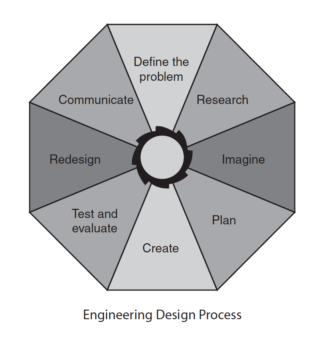
6. Does your lesson use a student-centered, hands-on teaching and learning approach? STEM lessons often use PBL strategies to encourage kids to explore, think imaginatively, investigate, and test their ideas as possible solutions. Teachers play a facilitator role, providing guidance and monitoring in a risk-free environment. Failure is okay since analyzing mistakes and design failures are actually powerful methods of learning.
7. Does your lesson lead to the design and development of a model or prototype? Scientists and engineers build models and prototypes before constructing the “real thing.” For students, prototypes are a means of exploring and expressing big concepts in science, technology, engineering, and math. STEM lessons offer students opportunities to use tools to build, take apart, and measure. As a bonus, students gain a sense of accomplishment as they apply the knowledge and skills they gain to construct solutions they can see and touch.
8. Is the role of technology in the lesson clear to the students? Technology goes beyond computers and digital devices. Technology is anything we humans create that fulfills a need or a want. A pencil is technology. A beaker is technology. Technology may include video and various software products, or it may be part of a larger system of solutions. Students may use technology to help with research, investigation, and design during the lesson. Let them know that when they create a solution for a problem they are creating technology.
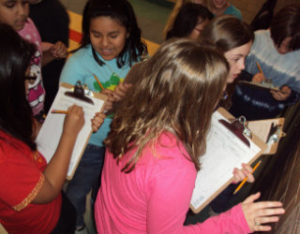
10. Does the lesson include testing the solution, evaluating the results, and redesigning to improve the outcome? Redesign is an essential and often overlooked part of a STEM lesson. Students must not get the idea that their first design is their final design. This isn’t how the real world works. Give kids a sense of how important it is to improve a solution; then give them an opportunity to do so. This can keep them from being discouraged if (when) their prototype “fails” or underperforms.
11. Does the lesson involve students in communicating their design and results? Engineers must explain their work clearly and concisely to other professionals and to lay audiences. Students must do the same. This is a great time to include other subject areas in your lesson plan. Check with teachers of other subject areas to see about helping students with technical writing, blogging, making videos, creating poster shows, using social media, and so on. Other content areas can help to build creativity by encouraging new and innovative ways of communicating.
Remember as you write your lesson to keep it doable. All of the lesson specifications don’t have to be in the mix in every lesson. When you design a lesson, you may want to focus on a particular component of STEM – such as using research to guide good decision-making and design choices. That may leave students without time to cover other components of the EDP. That’s okay as long as it doesn’t happen in every STEM lesson. Over time, students should be engaged with all components of quality STEM lessons.
Feature image: Wayne State University
